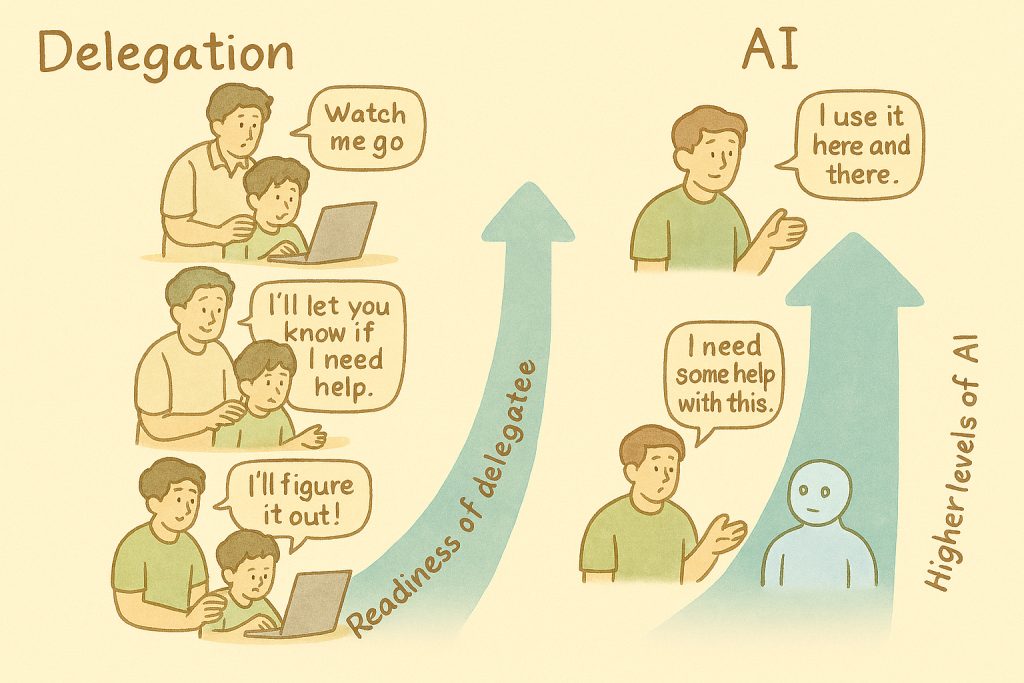In these days of post truth and manipulated media, we are all flooded with information and many times have difficulty in cutting through the noise to find the true signals.
Using perception to soften the impact of reality has been an accepted practice – from childhood, when we tell stories to children which has characters or situations that are exaggerated to the extent that some of those aspects are just not possible, if one looks at them from a scientific principles based view.
The popular hourglass that we all see, or the progress bars, nowadays with some animation, while the transaction is being processed, are attempts at diversion to create a perception that the results will be available soon or that the system is doing its best to complete your request.
The above examples are harmless, in that they rarely create any undesirable impact on the persons who experience it.
There are, however some areas where perception is used as a strategy.
In the case of war, including business wars, use of decoys and red herring – not sure why the pre IPO document is called a red herring prospectus – to distract the competition or enemy, to gain that all important space to make push ahead.
In all the above cases, everyone expects such projected reality and to the extent possible, have mechanisms to either ignore or interpret such confusing signals and see through the diversions.
When it comes to positive and productive use of such approaches, the use of mockups or concierge approaches – sometimes also known as the wizard of Oz approaches – many product teams have been able to save a lot of time and also be able to create experiences that wow their users.
Getting back to the key theme of this post – of cutting through the hype is a very important skill for any leader, to enable effective decision making.
As we all know, not everything that can be measured is important and not everything that is important can be measured.
This essentially means that one needs to be able to sense the situation, sense the signals in addition to relying on quantitative inputs alone.
I remember one team that I had coached a few years ago, was very upset with their new manager.
This new manager wanted to create a perception of chaos and that he can get it under control – and be seen as a turnaround hero in the eyes of his peers and seniors.
To do this, he was using data from the reporting systems. The status update to senior management soon after he had taken over, implied that 100% of the KPIs introduced just a short while earlier were not being met and so, some drastic decisions may need to be taken and requested a free hand for a few weeks and not be questioned.
One of the senior leaders who had been interacting with this team and knew how the team had been contributing, was a little confused, as, until this point of time, the team was doing fairly well in terms of their plans and commitments.
So, since he knew most of the team members, asked for a skip level interaction and took a closer look.
The status report was factually correct – 100% of the KPIs introduced recently, were not achieved.
But then, these were impacting less than 3% of the overall commitments and the rest of the 97% were well under control, as they had been all along.
So, this senior leader called for a review of the new KPIs and wanted to understand why they were defined.
It turned out that their customer had changed the scope of the upcoming release and did not want to consider the impact of that, on the previously committed scope. So, the team and the new manager had understood it as these new KPIs were to be adhered to, in addition to whatever scope they had already signed up to.
A quick call with the customer and a renegotiated scope brought all the KPIs to the expected goals.
The learning for the team in this case is that data alone is not sufficient to derive meaning. Including the context gives meaning to the data and connecting or putting this information in perspective with prior experience led to actionable insights.
This, for me, was a good example of how a couple of values in the Agile manifesto – ‘Individuals and interactions’ and ‘responding to change’ can be applied in some of the anti-patterns we come across.
What has been your experience in managing perceptions?
p.s.
as I started writing this post, many more stories of people working overtime to create perceptions, without focusing on performance came to mind. Those, possibly, are for another day




